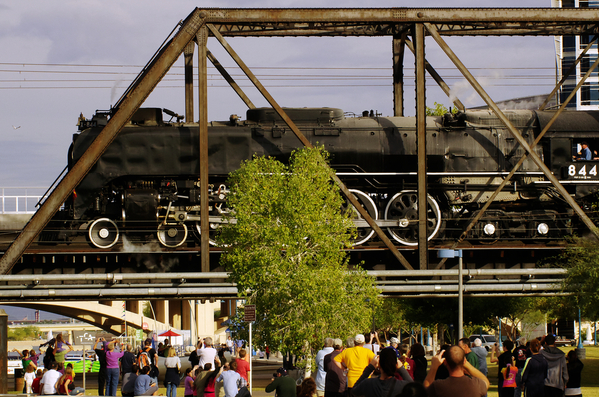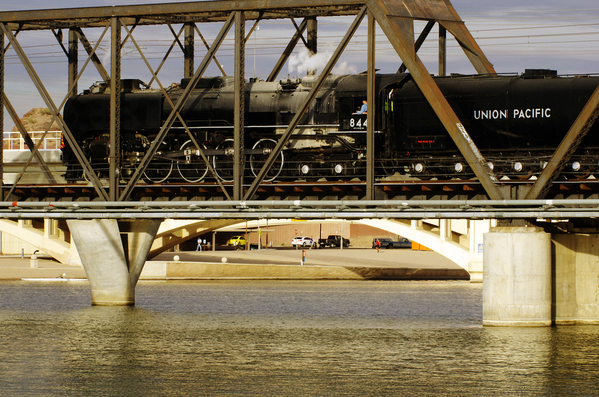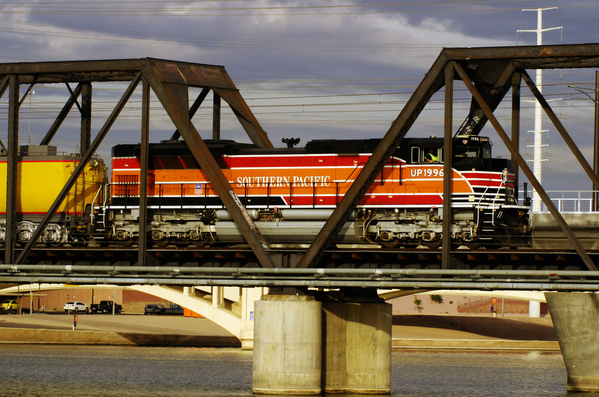Thank God it appears that there have been no injuries or deaths reported in this tragic accident.
While it's too early to speculate on the cause of this derailment, it must be remembered that most railroads today have far fewer car inspectors on duty at major terminals than years before. While employed as a switchman/brakeman in the greater Dallas/Ft. Worth area on the Cotton Belt in 1967-68 and Santa Fe from 1968 until my move to Germany in late 1977, car inspectors checked every car of every train due to depart their respective terminal. This even included checking the metal bands that secured lumber loads on flat cars. Over the years I switched out a good number of defective freight cars. Once bad ordered, cars were spotted on the rip track to be repaired before they could continue on to their final destination for unloading.
Modern Century 21 railroading has eliminated most car inspector jobs and the ones remaining are under pressure to see that trains leave the terminal after they've been made up ASAP.
I was also employed on the Deutsche Bundesbahn in Germany as a switchman/brakeman before I transferred hiring on as a passenger service represenative at the main train station in Nuremberg. After the railway was "privitized" (it's still owned by the German government, albeit operating as the Deutsche Bahn) the downsizing of the labor work force began in earnest. Since then, accidents have increased as a result of goods wagons (freight cars) not having been properly inspected, if at all...? For example, it's not uncommon to have to stop a train due to a leaking tank car, or shifted load, having them switched out to repair a malfunctioned valve or resecure a load of lumber, respectively.
I retired in 2010 at age 64 and have no regrets. Do I miss railroading? Does a bear sleep in the forest? Where on earth would I like to work if I could again? Germany? Texas? Nope. It would be on the Strasburg Rail Road in the Pennsylvania Dutch country no less!
All aboard!
Joseph Toth Jr.










